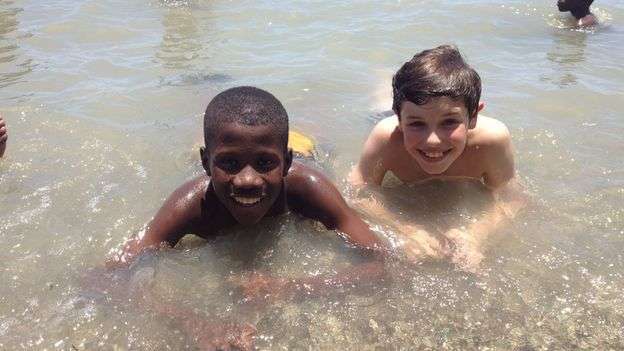WASHINGTON — Recent reports of children dying from what’s referred to incorrectly “dry drowning” should not cause parents unnecessary worry, according to the nation’s emergency physicians.
“Swimming is not without some risk,” said Paul Kivela, MD, MBA, FACEP, president of the American College of Emergency Physicians. “You could develop pneumonia or other infections from inhaling water, for example. But, there are no cases of completely normal healthy children who suddenly die because they went swimming days earlier. If water gets in your airway or lungs, symptoms show very quickly, they do not emerge out of the blue days later. The concept of ‘dry drowning’ is a misnomer and a myth, let’s stop using the term and avoid causing undue alarm.”
There are no medically accepted conditions known as “near-drowning,” “dry drowning,” or “secondary drowning.” The World Health Organization, the International Liaison Committee on Resuscitation, the Wilderness Medical Society, the International Lifesaving Federation, the International Conference on Drowning, the American Heart Association, the American Red Cross, and the U.S. Centers for Disease Control and Prevention (CDC) all discourage the use of these terms. These terms are often used instead of the proper term, which is drowning. Drowning is a process, with a spectrum of effects ranging from mild to severe with fatal and nonfatal outcomes.
“If a child has breathing problems at any time, a parent should take him or her to the emergency department,” Dr. Kivela added. Nonfatal drowning injuries may result in long-term disabilities or potentially permanent brain damage. Every day, about 10 people die from drowning, according to the CDC.
Tips for safety near water can be important for adults and children:
– Supervise children. It takes very small amounts of water and in some cases only seconds for a child to accidentally drown when an adult turns away.
– Learn to swim. Swimming lessons can help prevent people, especially young children, from drowning.
– Learn CPR. Know what to do while waiting for help to arrive. CPR skills can mean the difference between life and death or permanent brain damage.
– Use the “buddy system.” Do not swim alone. And, choose to swim in areas with lifeguards on duty, if possible.
– Avoid alcohol. Drinking alcohol while on a boat or swimming in the water can severely impair a person’s judgment, motor skills and cognition. Never consume alcohol while operating a boat or supervising children around water.
– Use life jackets. The number of Coast Guard-approved life jackets should matches the number of passengers on a boat, jet ski or other vessel. Keep them in an easily accessible place. Young children should have a life jacket on at all times when on a boat or in the water.
– Air-filled or foam toys are not safety devices. These toys are not substitutes for life jackets and are not designed to keep swimmers safe.
– Know weather conditions. If strong winds or heavy thunderstorms and lightning are rolling in, get out of the water and seek shelter immediately.
– Be aware of waves and rip currents. If on the beach, watch for dangerous waves and rip currents. Some currents are stronger than even the most skilled swimmers. Pay attention to weather and current warnings before entering the water. If caught in a rip current, swim parallel to shore. Once free of the current, swim toward the shore.
More health and safety tips from emergency physicians are available at www.emergencycareforyou.org.
ACEP is the national medical specialty society representing emergency medicine. ACEP is committed to advancing emergency care through continuing education, research and public education. Headquartered in Dallas, Texas, ACEP has 53 chapters representing each state, as well as Puerto Rico and the District of Columbia. A Government Services Chapter represents emergency physicians employed by military branches and other government agencies.



